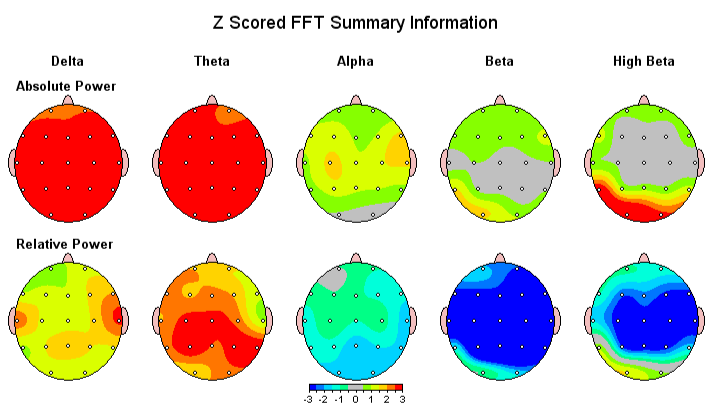Revealing the Mysteries of the Brain Through Quantitative EEG Cerebral Mapping in Psychological Health Evaluation
Revealing the Mysteries of the Brain Through Quantitative EEG Cerebral Mapping in Psychological Health Evaluation
Blog Article
Comprehending the individual brain is a complex endeavor, particularly when it pertains to mental health. Traditional methods of evaluation frequently depend on interviews and questionnaires, which can sometimes overlook crucial details about how the brain functions. This is where quantitative electroencephalography, or qEEG, enters into the picture. qEEG is a specific method that assesses neural signals in the cerebrum. By analyzing these brainwaves, mental health professionals can obtain important understandings into a person's mental state, helping to improve diagnosis and treatment.
qEEG functions by applying small sensors on the scalp to record neural activity. These sensors measure neural signals produced by nerve cells, the units in the cerebrum that communicate with each other. The information gathered is then analyzed and displayed as a series of waveforms. Each type of brainwave—such as α, β, δ, and θ—corresponds to various psychological states and activities. For instance, alpha waves are often linked with calmness, while beta waves are associated to active cognition and problem-solving. By analyzing these trends, clinicians can identify abnormalities that may suggest psychological health concerns.
One of the significant advantages of qEEG is its ability to provide objective information. In contrast to traditional assessments that depend on personal accounts from clients, qEEG provides a distinct picture of neural activity. This clarity can assist reduce biases in assessment and result to more accurate intervention strategies. For instance, if a client is facing stress, qEEG can show specific trends of brain function that are linked with stress conditions. This data allows mental health professionals to customize treatments more effectively, whether through counseling, pharmaceuticals, or alternative approaches.
Additionally, qEEG can be particularly useful in tracking intervention advancement. By conducting qEEG assessments at different points during therapy, healthcare providers can monitor variations in brain activity over period. This continuous evaluation helps ascertain if a intervention is working or if modifications are required. For example, if a patient is not responding to a particular medication, qEEG may show that their brain activity has not altered in a manner that suggests progress. This response cycle can result to more personalized and effective mental health care.
In conclusion, qEEG brain mapping is a right here powerful tool in the domain of mental health evaluation. By offering unbiased information about neural function, it improves the comprehension of different psychological health disorders. This method not only assists in precise assessment but also helps in monitoring intervention success. As psychological health experts persist to investigate the capabilities of qEEG, it possesses potential for enhancing the well-being of people dealing with psychological health issues. With continuous research and advancements in technology, the mysteries of the mind may become clearer, leading to better outcomes for those in need of support.